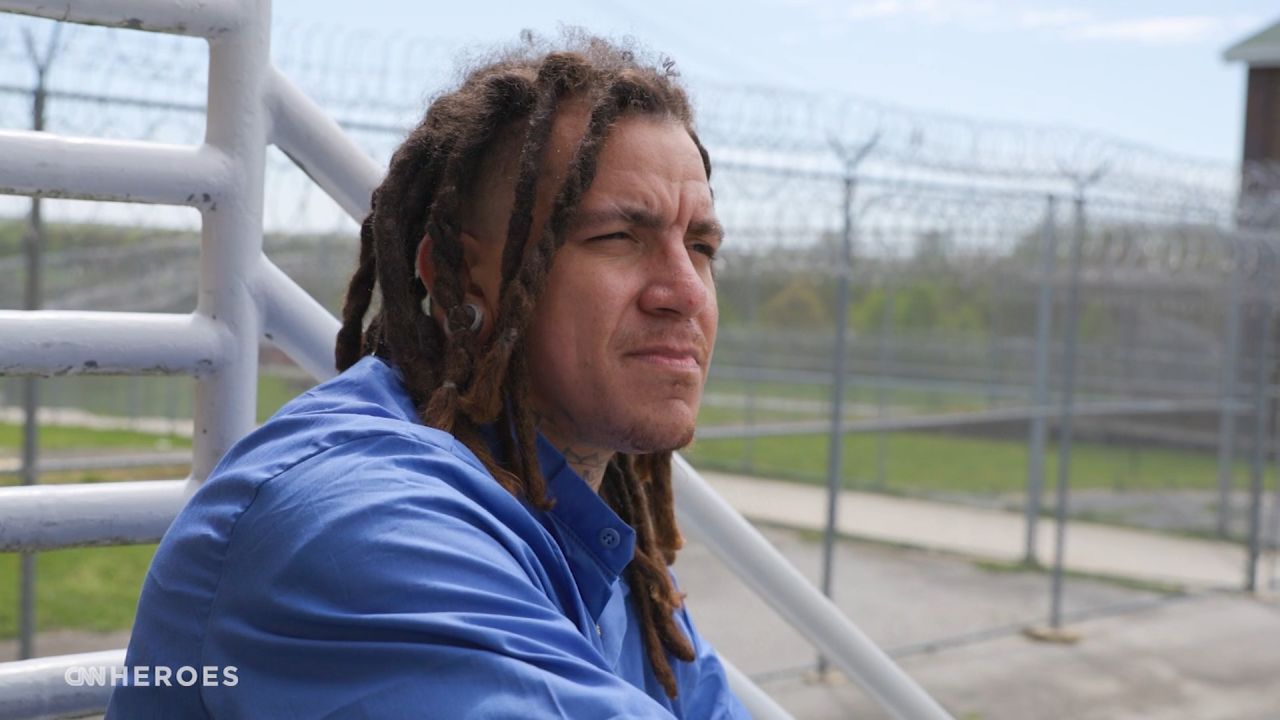Michael Smuss, Resilient Survivor of Warsaw Uprising, Passes at 99

Michael Smuss, a notable figure in the resistance against Nazi oppression during the Warsaw Ghetto Uprising, has died at the age of 99. His wife confirmed that he passed away on October 21, 2023, in Israel. The Yad Vashem Holocaust memorial announced that his funeral would take place on Friday.
Born in 1926 in what was then the Free City of Danzig, now Gdansk, Poland, Smuss experienced the horrors of World War II firsthand. In 1940, he and hundreds of thousands of other Jewish individuals were confined within the walls of the Warsaw Ghetto. This area initially housed around 380,000 Jews, ultimately swelling to approximately half a million as conditions deteriorated, leading to rampant disease and starvation.
As the situation worsened, Smuss became involved in the Jewish resistance movement, joining an underground group led by Mordechai Anielewicz. According to family member Frank Steffens, Smuss played a crucial role in the fight against the Nazis. While repairing helmets used by Nazi soldiers, he discovered a thinning substance that could be repurposed for Molotov cocktails. Smuss stealthily gathered this material and contributed it to the resistance efforts.
“We filled up bottles which were then put up on the roofs of all the houses close to the entrance of the ghetto, with the expectation that, once they come, we’ll be throwing them down,” Smuss recalled in a video for the Sumter County Museum in South Carolina, where his art was displayed three years ago.
On April 19, 1943, when the Nazis launched their offensive to demolish the ghetto, Smuss joined hundreds of others in a desperate stand against their oppressors. He threw Molotov cocktails from rooftops, engaging in a courageous resistance effort.
Surviving the nearly month-long battle, Smuss was arrested by Nazi troops. He was en route to the Treblinka extermination camp when the Nazis, in need of laborers, unexpectedly turned him back. He subsequently endured time in various camps and survived a brutal death march in the spring of 1945.
After the war, Smuss emigrated to the United States, where he began to rebuild his life and start a family. Eventually, he relocated to Israel, where he actively began to address the trauma he had suffered during the Holocaust. It was during this period that he embraced painting as a means of processing his experiences. He also met his second wife, Ruthy.
“From then on, Michael began to process his experiences artistically and went to German schools to show the descendants of his tormentors the unimaginable,” said Paul Diedrich, another family member. Despite his traumatic past, Diedrich noted that Smuss maintained a remarkable sense of humor throughout his life. “He grinned and laughed with me even at the age of 99,” he added.
Michael Smuss’s legacy as a survivor and an artist who transformed his pain into a powerful narrative will be remembered by many. His contributions to the fight against oppression and his efforts to educate others about the Holocaust serve as a testament to his resilience and spirit.






